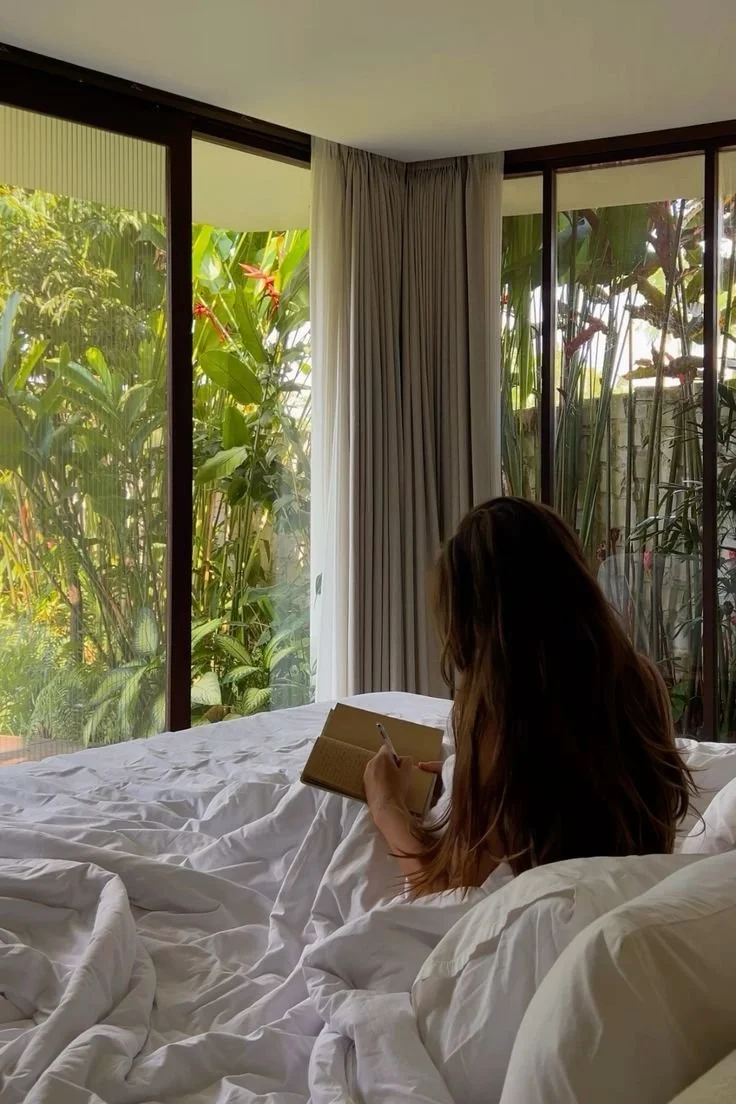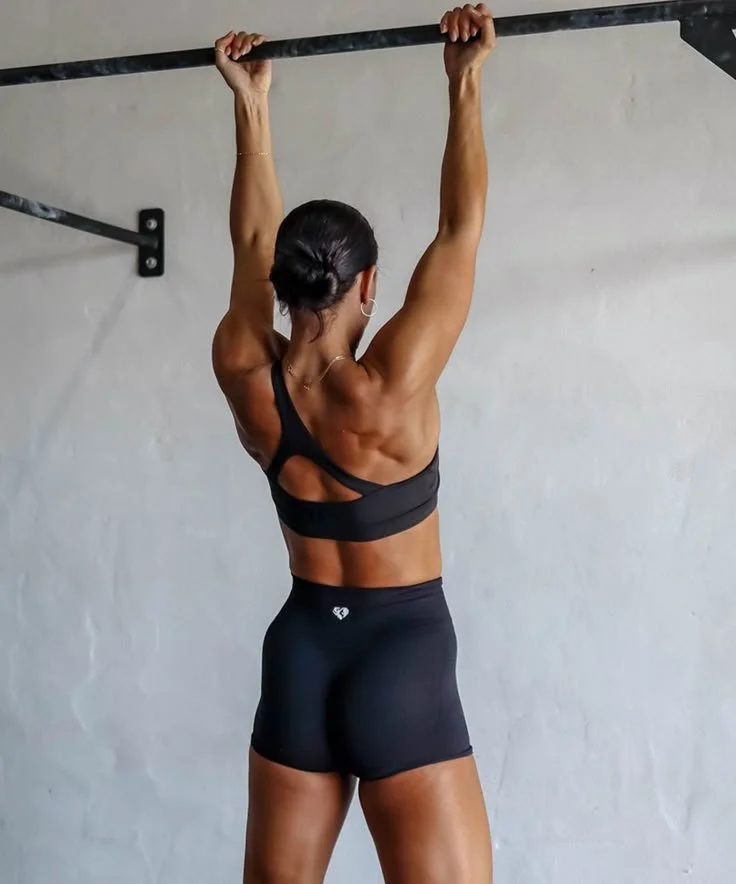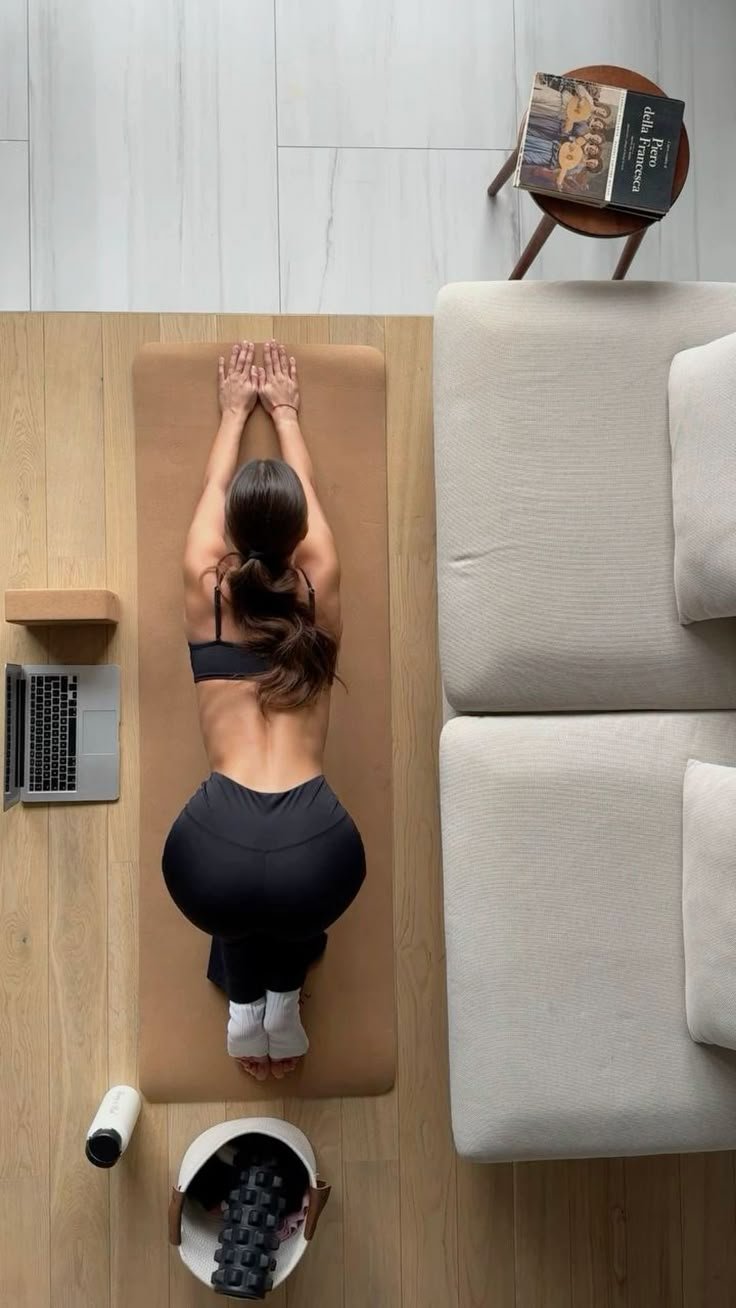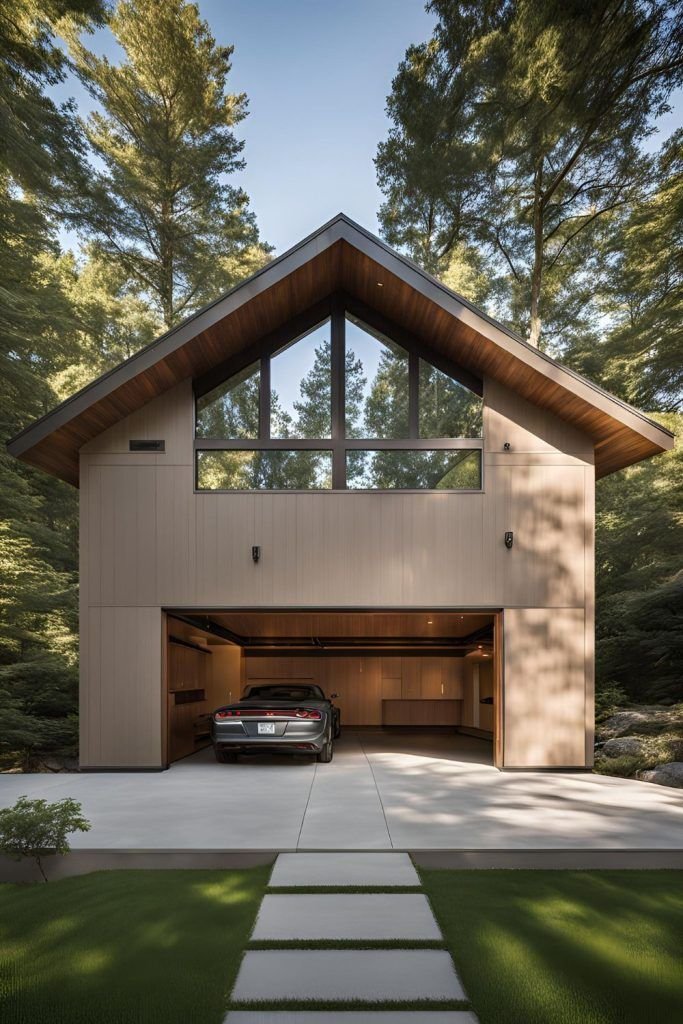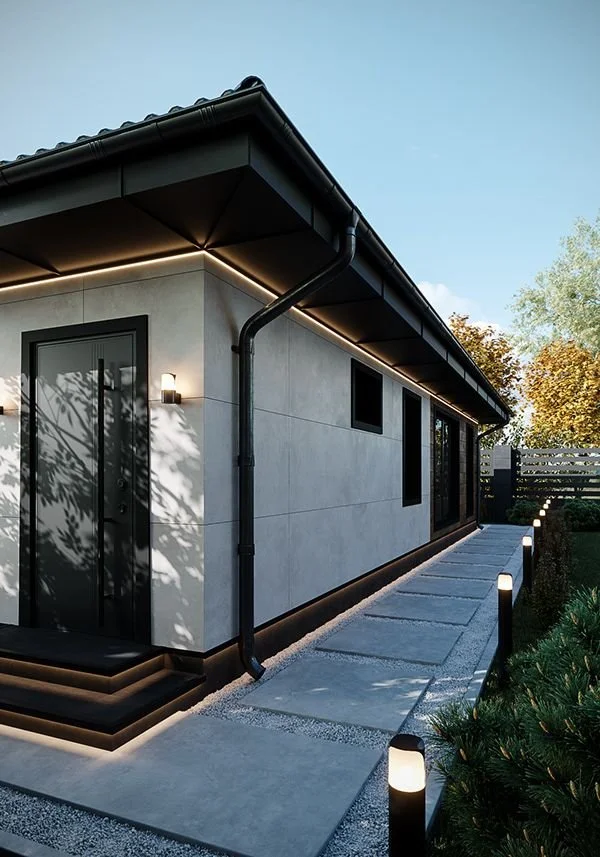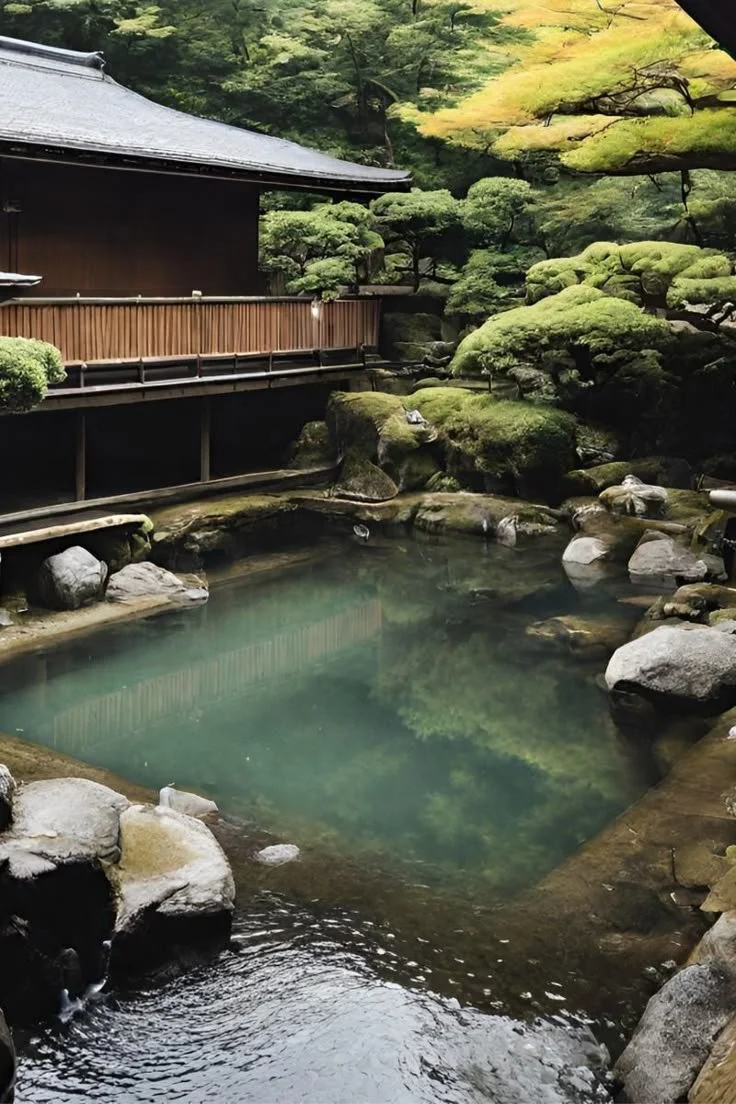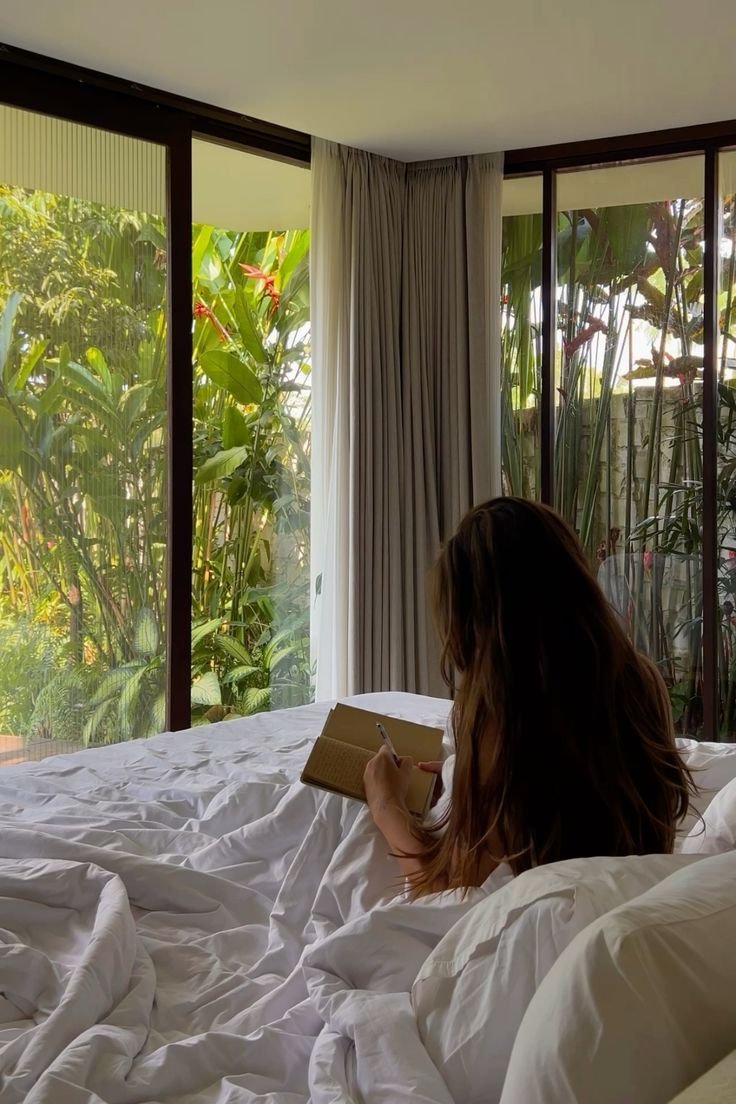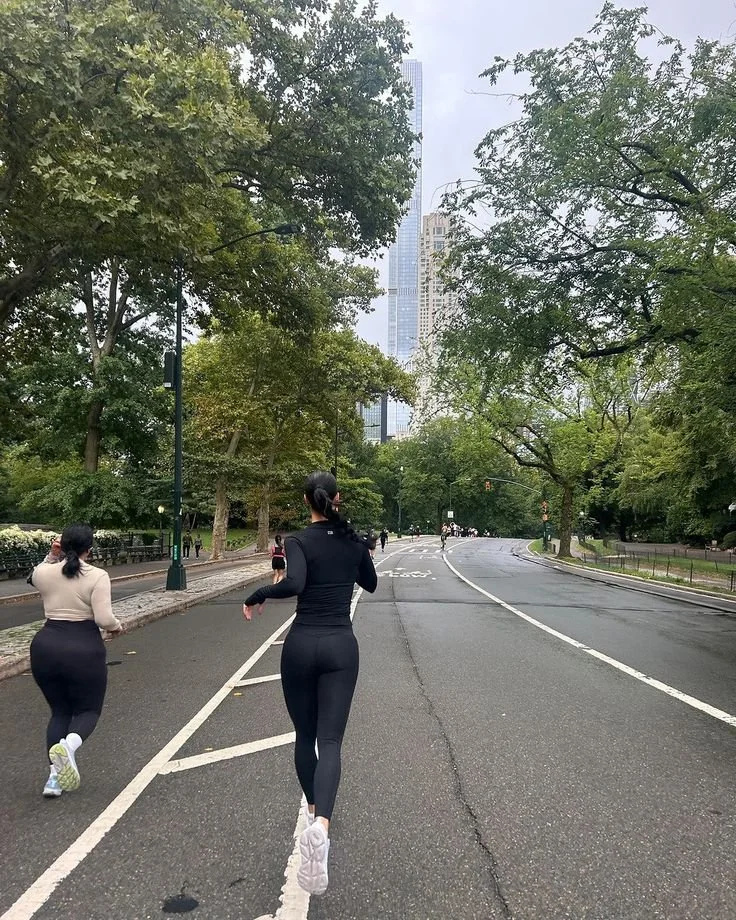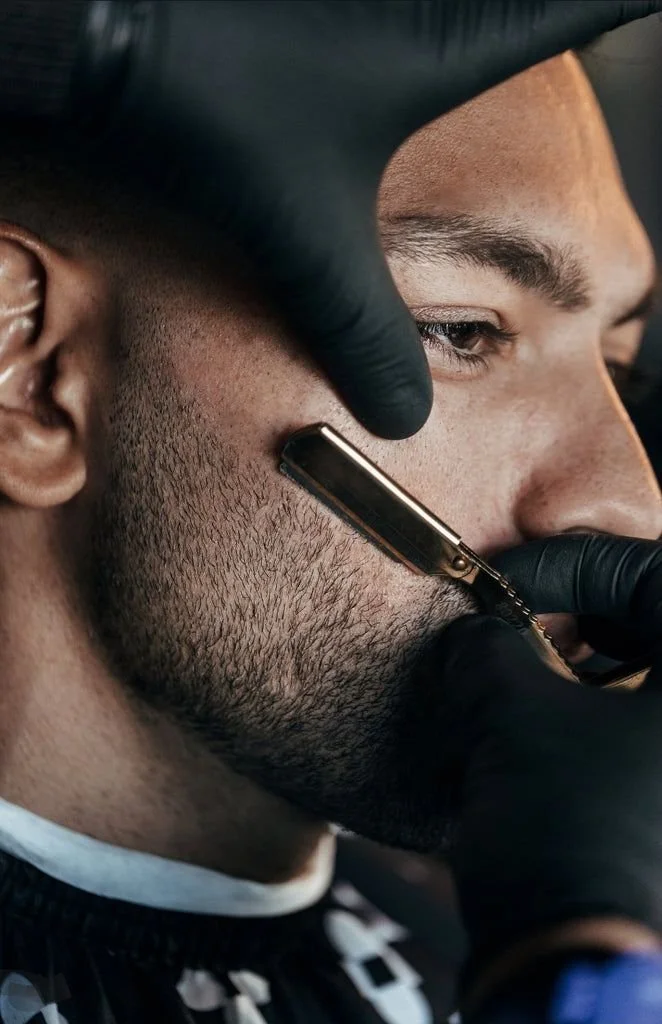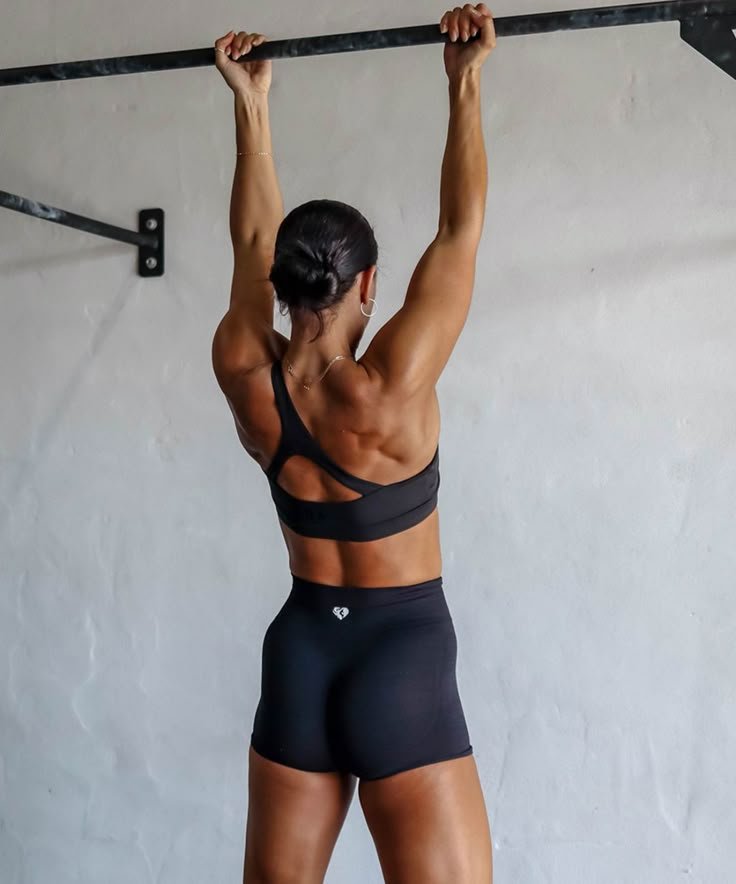Life is more fast-paced than ever in 2025. The internet keeps people constantly connected to work, and most households must work multiple jobs to keep their head above water.
The bitter truth is that when we are too busy to feel worn out, that's when we often do. The never-ending rush usually leads us to neglect sleep, nutrition, exercise, and other healthy habits that are vital for our well-being.
With this in mind, keep reading as we explore some tried-and-true ways to elevate energy levels and provide an immune system boost for on-the-go lifestyles.
No. 1
Focus on Hydration
Hydration is often talked about in health and wellness, but it can be hard to do correctly. If you’re not thirsty, taking a drink is simply not a priority. And when tasks get pushed to the back burner, they are easily forgotten.
Without the proper fluid intake, cells will not receive the proper vitamins and nutrients required to manufacture energy and ward off pathogens. Therefore, it is crucial to stay proactive when it comes to hydration.
Set a timer or download a hydration app to serve as a reminder to sip fluids. Sip is the key word, as it is better to take small, frequent drinks as opposed to chugging large quantities in a single sitting.
It is also a great idea to start the day with an electrolyte beverage. These key water-soluble minerals (sodium, potassium, calcium, and magnesium) help ensure proper fluid intake at the cellular level and play a key role in muscle and nerve function.
No. 2
Make Time for Exercise
Moderate exercise is a crucial component of energy and immunity. Exercise is proven to trigger the release of endorphins that boost mood and improve mental health. It also stimulates blood flow, which can increase the circulation of immune cells to help identify and combat illnesses before they develop.
The key to exercising for energy and wellness is to keep it moderate. This refers to “zone 2” activity, where heart rate is 60-70% of its maximum. While prolonged, intense exercise is wonderful for strength and endurance gains, it can actually cause immune system suppression without adequate rest—rest that can be difficult to fit into a hectic lifestyle.
No. 3
Choose Nutrient-Dense Foods
While hydration is the first step for enhancing energy and immunity, fluids need to have vitamins and minerals to transport them to keep the body firing on all cylinders. While electrolyte beverages and other types of supplements are a great option, nutrition should begin and end with nutrient-rich foods.
As the old saying goes: “Eat the rainbow.” This simply means to eat foods of a variety of colors to achieve ideal mineral intake.
Yellow and orange citrus fruits are high in vitamin C for infection defense. Dark berries are high in antioxidants, which slow aging and increase energy. Leafy green vegetables are packed with folate, a key mineral in cellular repair.
Thrive Market
Healthy living made easy!
Shop Thrive Market for organic groceries, sustainable products, and everyday essentials—all delivered to your door.
Save money, live well.
No. 4
Consider Mobile IV Therapy
Mobile IV therapy is making waves as a key component of modern wellness regimens. By introducing key fluids, electrolytes, and minerals directly to the bloodstream, patients can bypass the lengthy digestion process for more efficient replenishment.
"People are constantly on the go, and their health often takes a back seat," says Vanessa Cabrera of Las Vegas Mobile IV Therapy. "IV therapy offers a quick and effective way to boost energy and immunity, especially when life doesn’t slow down."
The best part of mobile IV therapy is that treatment is brought directly to you. There is no need to find a time slot, make a commute, and check in to a clinical setting to receive your IV. A licensed nurse provider will bring your customized IV drip directly to your home, office, or travel accommodation, seamlessly incorporating treatment into your busy schedule.
No. 5
Take a Screen Break
Our phones can feel like our lifeline amid life’s chaos. While it is true that they add convenience and facilitate productivity, they are also the source of immune-suppressing stress. Constant social media drama and work-related communication can be hard to escape, so take some time to be in the moment, no matter how fast-paced it gets.
It is also vital to put the phone in a drawer at bedtime. Research by the National Sleep Society shows that blue light from phone screens within two hours of bedtime can significantly disrupt circadian rhythms. So, as much as you feel like your phone helps you relax, it is actually cutting into your precious restorative sleep time.
No. 6
Stay One Step Ahead When Life Won’t Slow Down
Challenging times demand your best and also test your health. By considering any of the pro tips listed above, you can keep your body healthy and energized when life doesn’t slow down. If you are interested in how mobile IV therapy can help you stay healthy and invigorated throughout your on-the-go lifestyle, contact a licensed provider, and book a session today!
Author’s Bio: Vanessa Cabrera, founder of Phoenix Mobile IV Therapy and Las Vegas Mobile IV Therapy prides herself in educating readers on the benefits of Mobile IV services. As a healthcare professional, she understands the value of providing excellent services to patients in the comfort of their own homes or space.
Looking for resources?
Are you looking to enhance your wellness routine? Explore our wellness partners who offer a wide range of resources to support your journey toward holistic living and well-being.




